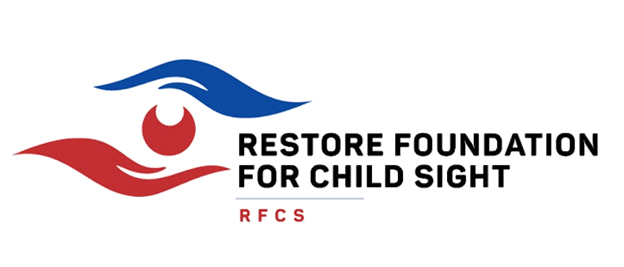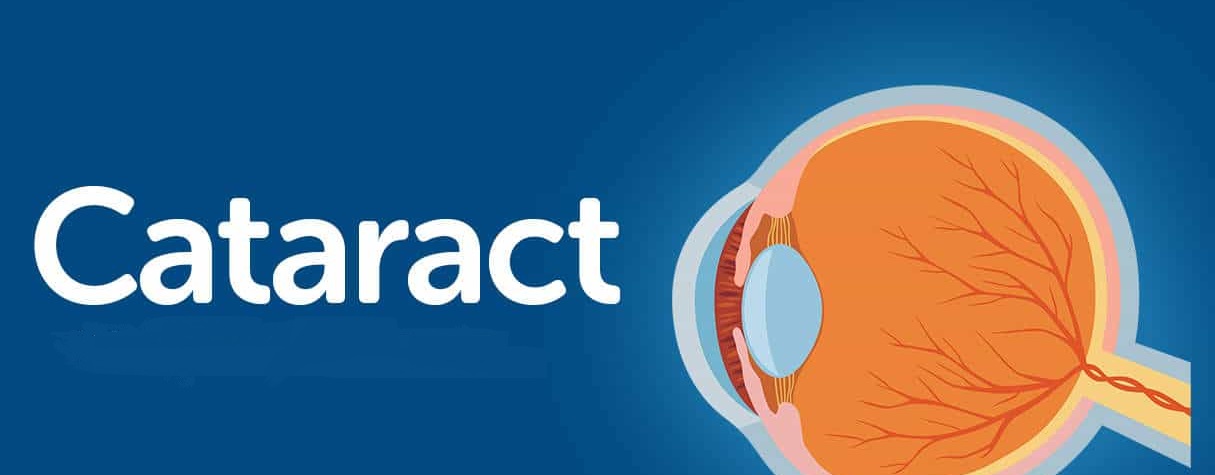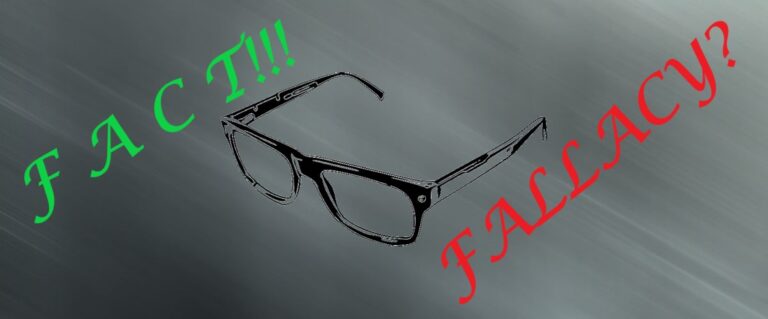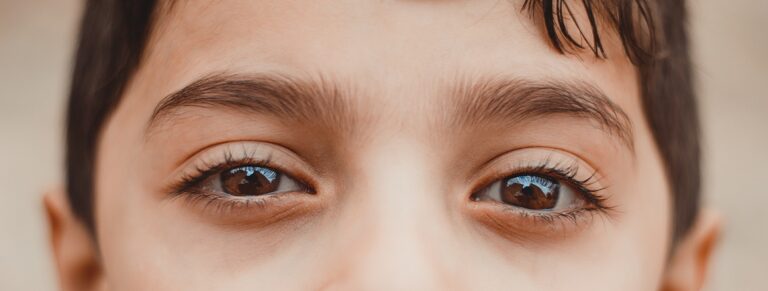Cataracts in Children

A cataract is a clouding of the natural lens of the eye, causing reduced vision and even blindness. It may be present at birth (congenital) or develop sometime in infancy, childhood or adolescence (acquired). It may affect either one or both eyes. Childhood cataracts are responsible for 5-20% of childhood blindness worldwide. There 200,000 children blind from cataracts worldwide. Every year, 20 to 40,000 children are blind with congenital cataract.
Causes
- Maternal infection : such as Rubella (German measles)
- Maternal metabolic disease: such as Diabetes mellitus
- Metabolic disease in newborn.
- Injury to eye.
- Steroid use
- Abnormal eye development.
- Heredity
- Illnesses eg Rheumatoid arthritis
- Idiopathic : Unknown cause
Symptoms
Usually a white reflection may be seen in the middle of the pupil. However it may not be that obvious. An eye check for an infant who does not appear to see as expected will reveal a lack of red reflex in the eye.
Effect of Cataracts on Children
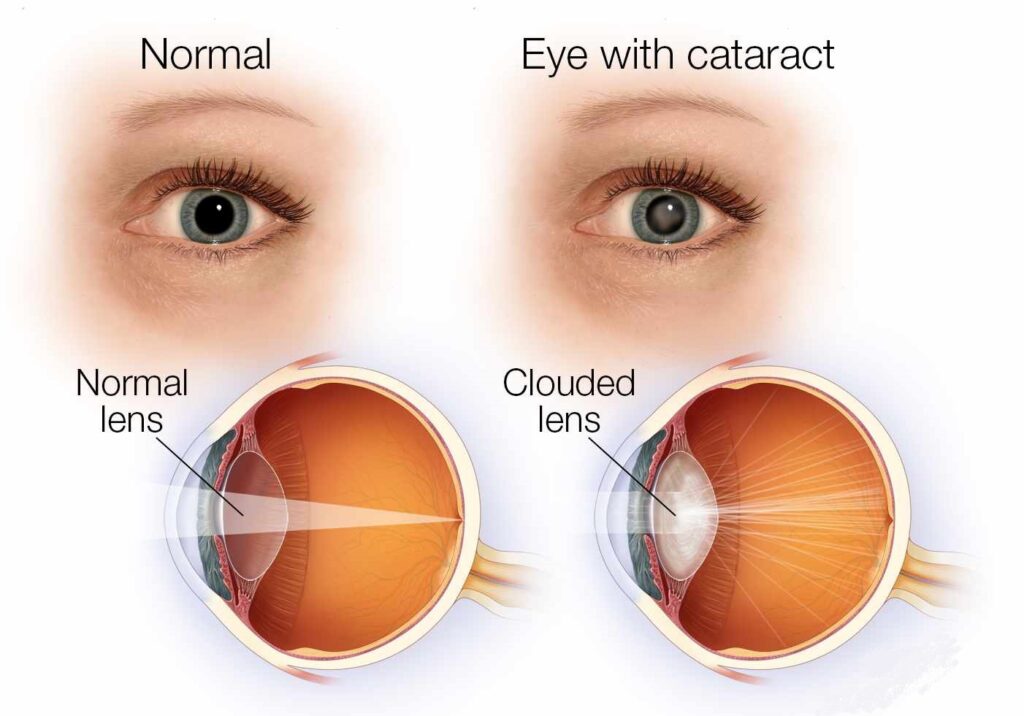
The brain of a young child demands clear images from both eyes to enable optimal development of visual functions, including acuity (sharpness) of vision, as well as contrast and stereopsis (the ability to see in 3D or depth perception).
In the presence of a cataract, the resultant unclear image leads to a deterioration in the coordination of vision between the eye and the brain, leading to amblyopia (lazy eye) in which case the vision becomes very low, even after removal of the cataract. This is usually more pronounced when the cataract involves one eye, because of inability to compete with the normal eye.
Cataract formation in an eye after visual maturation of the brain (between the ages of 8 and 10years) usually leads to restoration of vision after surgery. In young children where vision is disrupted before visual maturation of the brain, lazy eye is more likely to result with a delay in surgical treatment.
Treatment
Cataracts which significantly affect vision need to be extracted by surgical means, usually along with vision rehabilitation by way of intra-ocular lens implanted during surgery, or when this is not possible for certain reasons, contact lens or spectacles.
Spectacle use will be required even when intraocular implants are inserted. In a case where one eye ends up with better vision than the other, patching therapy can be instituted, covering the better eye for some period of time during the day on a daily basis for a period of time, usually some months, to allow for better interaction between the brain and the weaker (lazy) eye to bring about improvement in vision.
